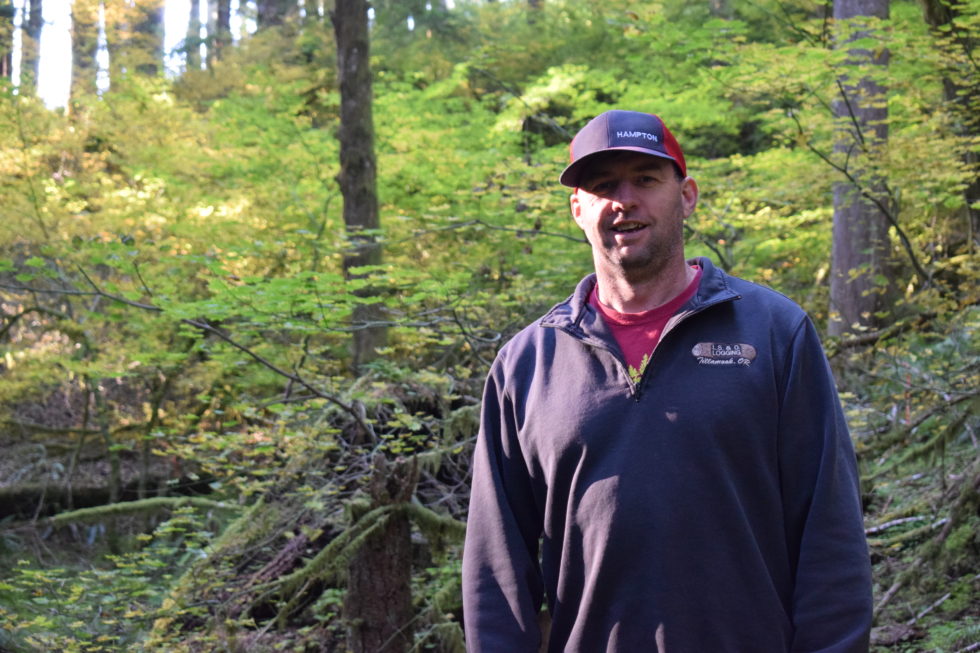What makes a community resilient in times of hardship? Whether it’s a global health crisis or the threat of wildfire, our resilience as a community comes down to capacity–the strengths, attributes and resources that allow us to respond to crises and recover.
The Labor Day fires demonstrated that special weather conditions, human activity, and climate change can create dangerous wildfire conditions, even on the coast. When it comes to disaster preparedness and response, the natural resources industries that support our economy also create capacity to help protect our resources and our communities. We have local people with particular knowledge of the landscape—our forests, farmlands, and waters—and we have equipment that can be marshalled quickly. It is not surprising that when fire threatened our region, individuals who make their living in the woods volunteered to help alongside emergency managers to protect their forests and their communities, even as their own families were evacuating. Loggers and foresters formed firefighting crews that more than doubled the Oregon Department of Forestry’s capacity. Landowners and farmers sent water tankers and bulldozing equipment. For those of us that work in the woods, the Labor Day fires were a reminder that these forests are our privilege and responsibility to manage and protect.
While some fire is inevitable, megafires pose a threat we cannot ignore. They endanger lives and infrastructure and compromise the state’s environmental goals. The Labor Day fires emitted more carbon into the atmosphere than the state’s energy and transportation sectors do in a year. While the effects of climate change will likely exacerbate the risk of megafires, we’re not helpless. There are things we can do to reduce near-term risk of catastrophic wildfire.
We can manage the amount of fuel in our forests through logging, thinning and controlled burns. We can maintain logging roads, which provide important access for firefighting operations. We can sustain timber harvests on Tillamook State Forest to create revenue for the Department of Forestry, local fire departments and public health and safety. Those who recreate on public and private timberlands should respect warnings and closures when conditions are dry. When fires occur, we can replant and help forests recover.
With more people moving into forested areas, the need to manage these lands and protect all the benefits they provide will only increase. I’m comforted in the knowledge that the capacities our natural resources industries have built over generations will help keep our forests and communities safe and healthy now and in the future.
Dave Kunert, Forest Engineer and member of the Tillamook Working Lands and Waters Cooperative (TWLWC)
Guest Column, Tillamook Headlight Herald
November 27, 2020

Comments are closed